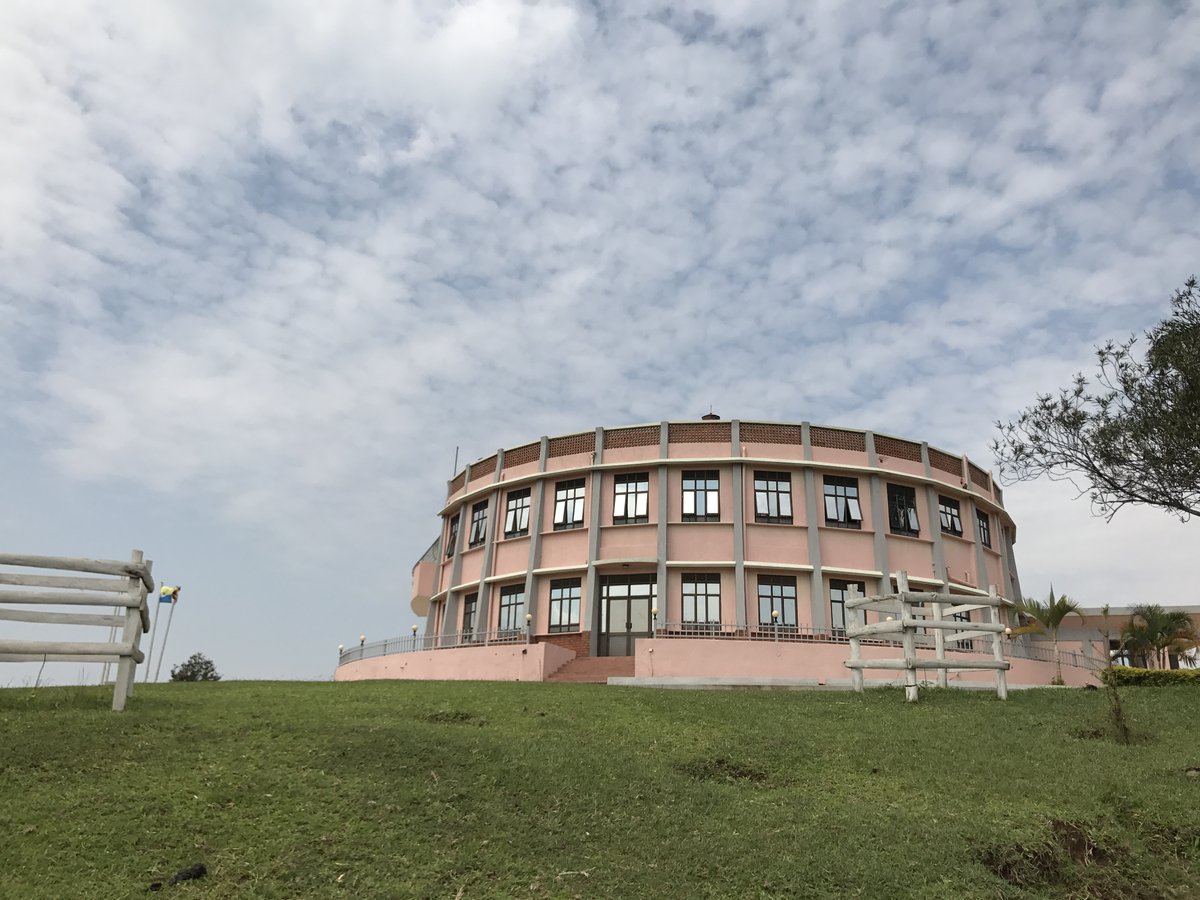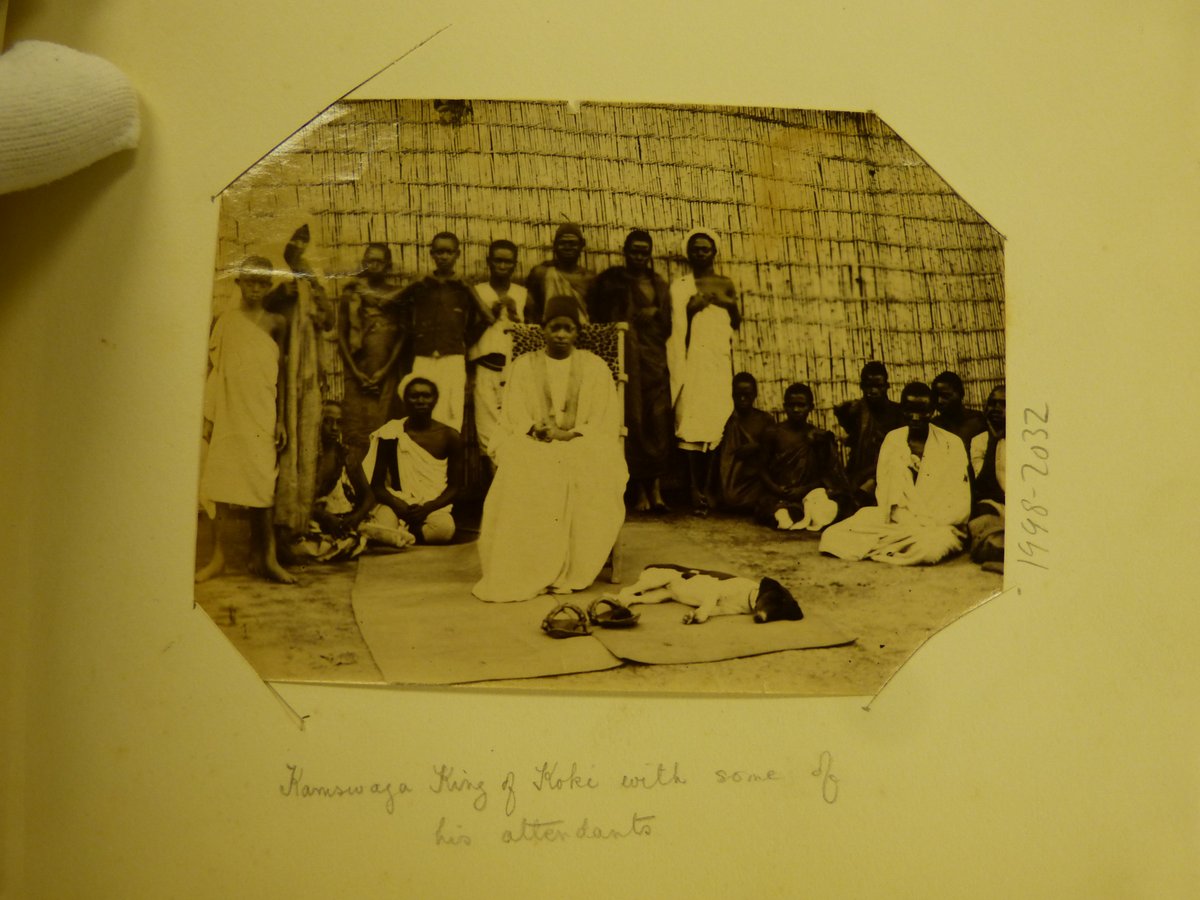
On Gender, Political Power, & Mubende Hill. On Mubende Hill resides one of the oldest sites of public healing in Uganda’s deep past. And its power continues to emanate. 1/19 

Historians have shown how the oldest histories in the area suggested that the female healer, Kamawenge, travelled from Tooro to settle on Kisozi, the name of the location prior to Mubende. 2/19
She produced two sons who sought to govern the site. Their political power was deeply connected w/ the emergence of the Babiito rulers of Bunyoro-Kitara. Indeed, Ndaula/Ndahura Kyarubumbi, one of the last Cwezi spirit rulers, is said to have lived on the hill. 3/19
During the 14th century, the site’s inability to overcome a smallpox epidemic resulted in a political crisis where power shifted away from the centre at Kisozi. This is where the term Mubende originated: “there is another one.” 4/19
The idea was that power had shifted away from the site. This is also why Ndaula would become associated with smallpox well into the early 1900s. But the principal female ancestor of Kamawenge remained at Mubende. And by the early 15th century, 5/19
they each took on the name Nakaima/Nyakahima/Nakayima, the name of Ndaula’s wife. Throughout the 1800s, Mubende Hill was a significant site of political-religious struggle between Buganda, Bunyoro, and Ankole. It had been the site of Bunyoro’s earliest coronations. 6/19
Kabaka Kamaanya (r. 1814-1832) sought to incorporate the site’s rituals into Buganda’s royal customs. Kabaka Kamaanya’s mother belonged to the Nseenene clan, the clan to which Apolo Kaggwa also belonged. And by the mid-1800s, drawing from these connections, Kaggwa argued 7/19
that Buganda’s kings routinely sent gifts to the shrine. As religious converts in Buganda sought to create new forms of political authority, the infrastructures of the shrine were destroyed during the religious wars between 1888 and 1889. 8/19
Some traditions suggest that the move was also an attempt to undermine the legacies of Bunyoro’s political power. Other stories suggest that it was a way of undermining women’s political, sexual, and medical power. 9/19
But religious converts could not overcome Nakayima’s power. Sick families/barren women continued to visit the site, as did political aspirants. Nakayima’s power was as such that the colonial administration built a sanatorium on-site (& a governor’s house) prior to WWI. 10/19 

In so doing, colonial officials and missionaries sought to redirect people away from the shrine, toward new forms of public healing. Their efforts largely failed. 11/19 

In the 1960s, the site took on new meaning as it became a location for archaeological excavation. Findings from the digs were placed in the Uganda Museum and were designed to give a new county an ancient past. You may read about these excavations here: 12/19 

Lists were created to give order to pasts that were far more complicated and consequential than what was implied by sterile classifications. Here's one list of items that were unearthed: 16/19 

Today, I have been interested to see how the NRM government has attempted to claim authority over the site (away from the Kingdom of Buganda). When I was last on Mubende Hill, the adjacent fence and trees were covered with NRM posters. 18/19 

I have been told that the NRM government now sends gifts too, like Kabaka Kamaanya long before.
***All pictures are taken and used with permission. Faces have been covered to protect anonymity. 19/19
***All pictures are taken and used with permission. Faces have been covered to protect anonymity. 19/19
• • •
Missing some Tweet in this thread? You can try to
force a refresh















